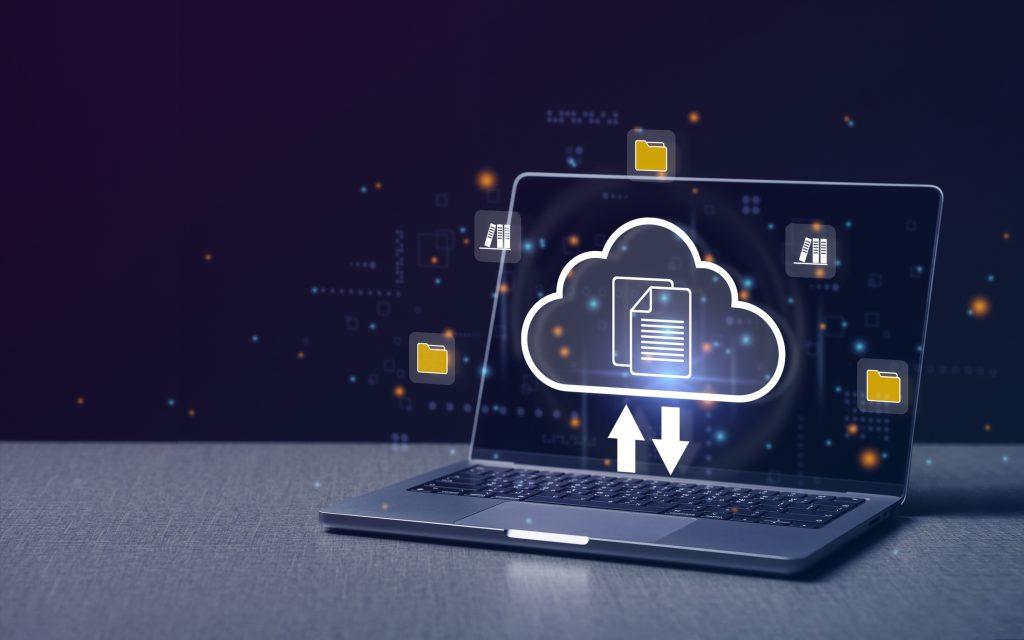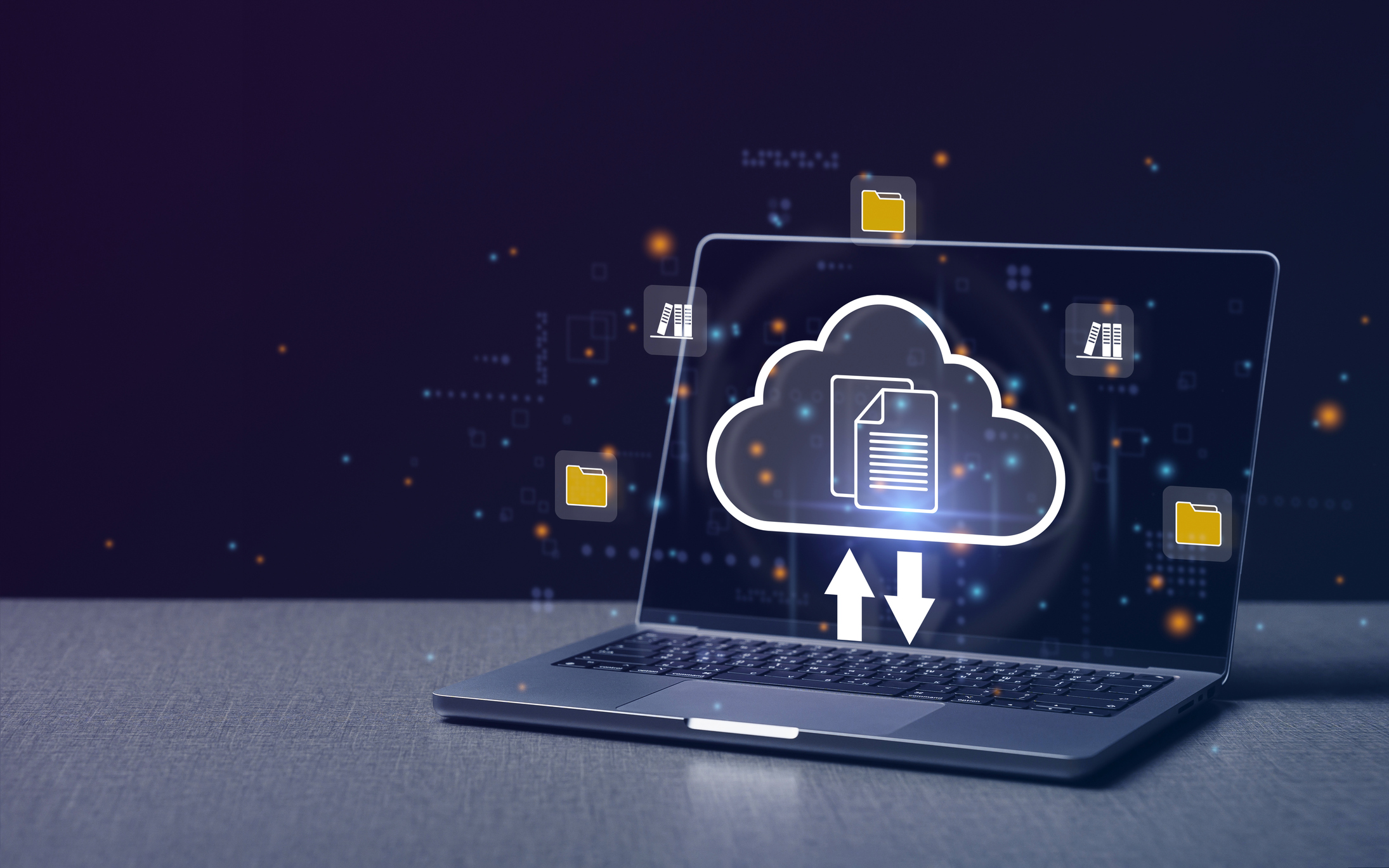
In today’s SaaS-driven world, cloud security and compliance aren’t optional, they’re business-critical. Startups and enterprise companies alike face increasing pressure to protect customer data, meet regulatory requirements, and ensure resilient, auditable cloud infrastructure.
Many companies struggle because security is treated as an afterthought. Reactive approaches, patchwork policies, and siloed teams lead to compliance gaps and costly breaches. To stay ahead, companies must adopt cloud security and compliance best practices that integrate security into every layer of their architecture.
1. Build Security into Your Cloud Architecture
Security starts at the infrastructure level. Use principles like least-privilege access, network segmentation, and encryption in transit and at rest. Adopt infrastructure-as-code (IaC) to make security repeatable, auditable, and consistent across environments.
Tip: Tools like Terraform and Pulumi can enforce policy-as-code, ensuring configurations remain compliant as your architecture evolves.
2. Implement Robust Identity and Access Management (IAM)
Compromised credentials are the root cause of many cloud incidents. Implement MFA, role-based access controls, and automated onboarding/offboarding. Regularly audit permissions to reduce the attack surface.
3. Adopt Industry-Standard Compliance Frameworks
Frameworks such as SOC 2, ISO 27001, and HIPAA aren’t just checkboxes, they guide best practices. Establish controls early, document procedures, and automate reporting wherever possible. Companies that do this right avoid painful retroactive remediation.
Blue Paladin has helped SaaS companies streamline compliance, combining automation, monitoring, and audit-ready workflows to simplify adherence without slowing development.
4. Continuous Monitoring and Incident Response
Real-time observability is critical. Implement centralized logging, anomaly detection, and alerting. Pair these with well-defined incident response playbooks so your team can react quickly if an issue arises.
5. Secure Your Supply Chain
Third-party integrations, APIs, and libraries introduce risk. Vet suppliers carefully, monitor dependencies, and adopt zero-trust principles for all connections. Regular penetration testing and automated vulnerability scanning are essential.
6. Invest in Education and Culture
Technology alone isn’t enough. Staff training, cross-team accountability, and a culture of security awareness are vital. Developers, operations, and leadership must all prioritize compliance and risk management.
Why Partnering with Experts Matters
Companies like Blue Paladin specialize in guiding SaaS businesses through cloud security and compliance. Leveraging their expertise ensures that controls are both effective and scalable, freeing internal teams to focus on innovation while maintaining regulatory adherence.
Conclusion:
Implementing cloud security and compliance best practices is no longer optional for SaaS businesses — it’s essential for growth, trust, and sustainability. By building security into architecture, adopting robust IAM, automating compliance, monitoring continuously, and securing supply chains, companies can confidently scale while protecting their users and their brand.
Partnering with specialists like Blue Paladin accelerates this journey, providing the tools, guidance, and experience needed to stay ahead in an increasingly complex regulatory and threat landscape.


Leave a Reply